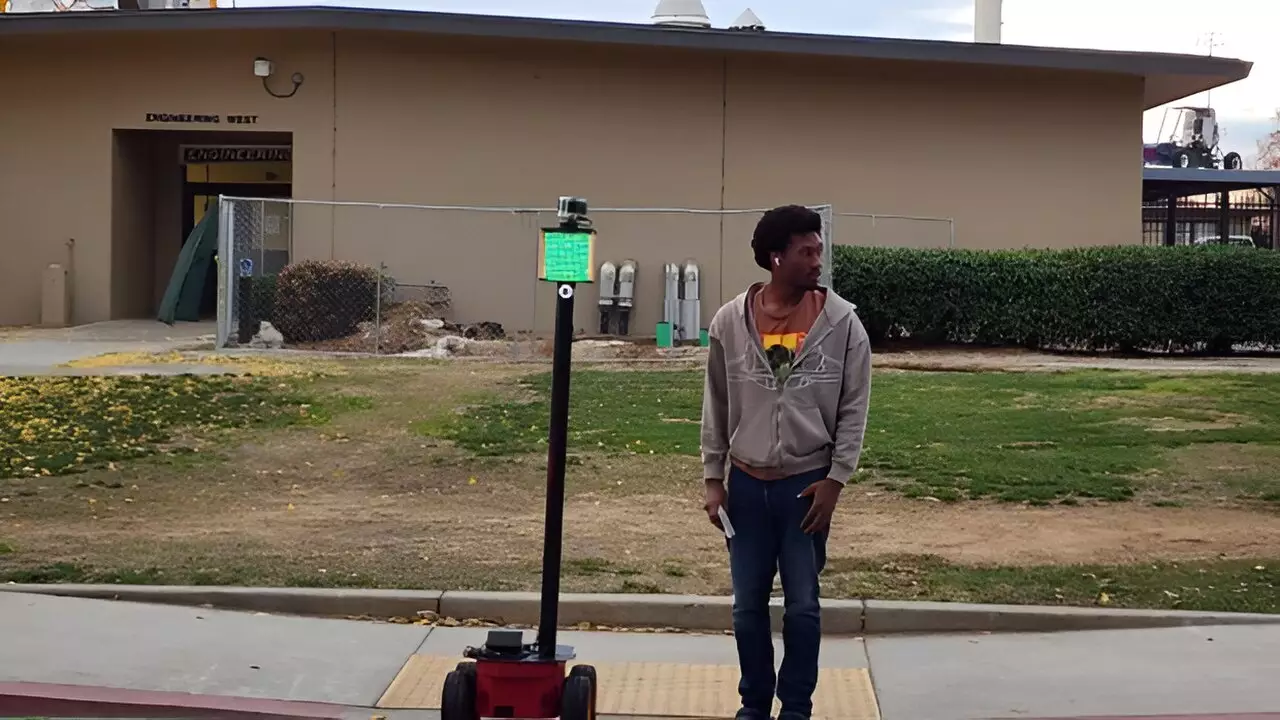The emergence of a new prototype called CrossBot brings a unique approach to ensuring the safety of children in crosswalks. Developed by Hovannes Kulhandjian, an associate professor in electrical and computer engineering at Fresno State, CrossBot is equipped with advanced sensors and algorithms to provide real-time assistance to kids crossing the street. With a 360-degree view of its environment, this robotic crossing guard aims to address the shortage of human crossing guards in the Bay Area.
Mixed Reactions from Parents
While some parents see the potential benefits of CrossBot in enhancing child safety, others express concerns about its reliability and the emotional connection provided by human crossing guards. Parent Kelly Lathrop of Lafayette worries about malfunctions and hacking vulnerabilities that could compromise the safety of children. Similarly, Angela Roberts, a mother from Santa Clara, acknowledges the ongoing turnover of school crossing guards and sees the potential for robotic solutions to fill the gap.
The statistics on pedestrian-related accidents, particularly for children under 14, highlight the importance of enhancing safety measures in school zones and crosswalks. With the increasing number of pedestrian deaths in the United States, there is a pressing need for innovative solutions to protect vulnerable road users. CrossBot represents a technological advancement that could significantly contribute to reducing accidents and enhancing child safety.
Beyond the realm of child safety, robotics is playing an increasingly significant role in various industries and sectors. From transportation and logistics to manufacturing and security, robots are being employed for a wide range of purposes. The global robotics market is projected to reach nearly $96 billion by 2029, indicating the widespread adoption of robotic technologies across different fields.
Complementing Human Efforts
Kulhandjian emphasizes that CrossBot is not intended to replace human crossing guards but rather to complement and enhance their efforts. The robot’s ability to operate in areas with limited staffing or where traffic lights are lacking demonstrates its potential to fill critical gaps in child safety measures. By collaborating with human guardians, robots like CrossBot could create a more comprehensive approach to protecting children in school zones.
As the discussion around the use of robotics in child safety continues, it is essential to consider the delicate balance between technological advancements and human supervision. While innovations like CrossBot offer promising solutions to longstanding challenges, they must be implemented thoughtfully and in collaboration with the community. By leveraging the benefits of robotics while preserving the human touch in child safety efforts, we can create a safer and more secure environment for our children.


Leave a Reply